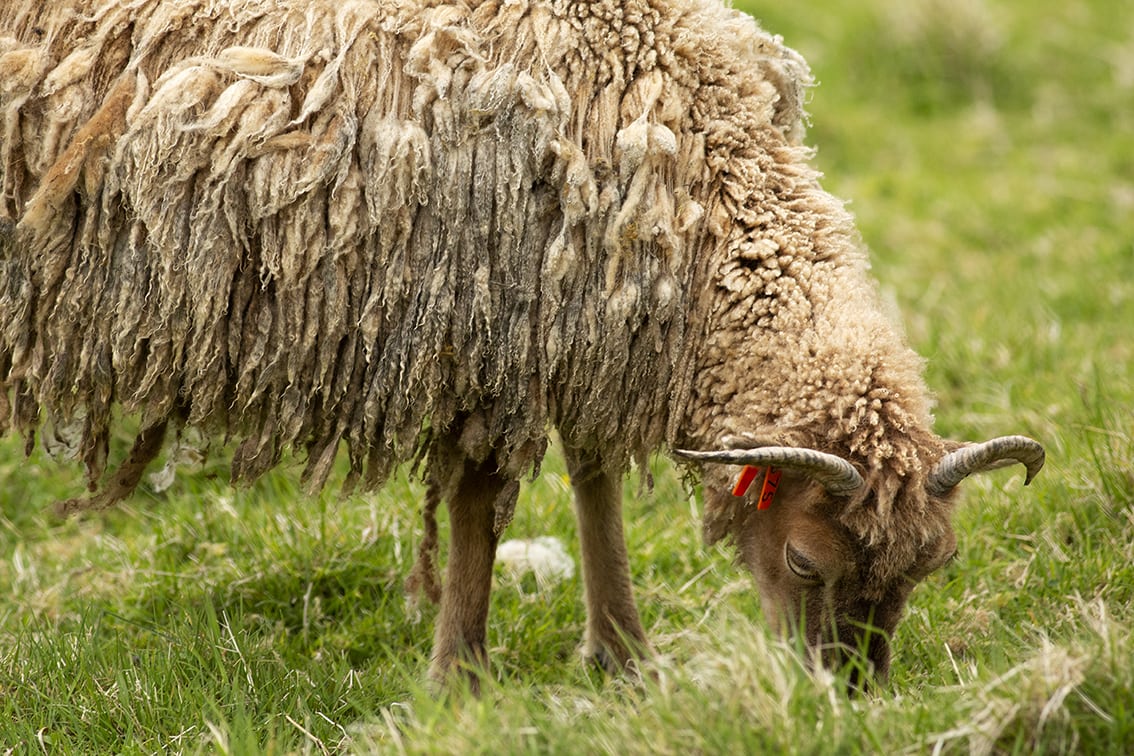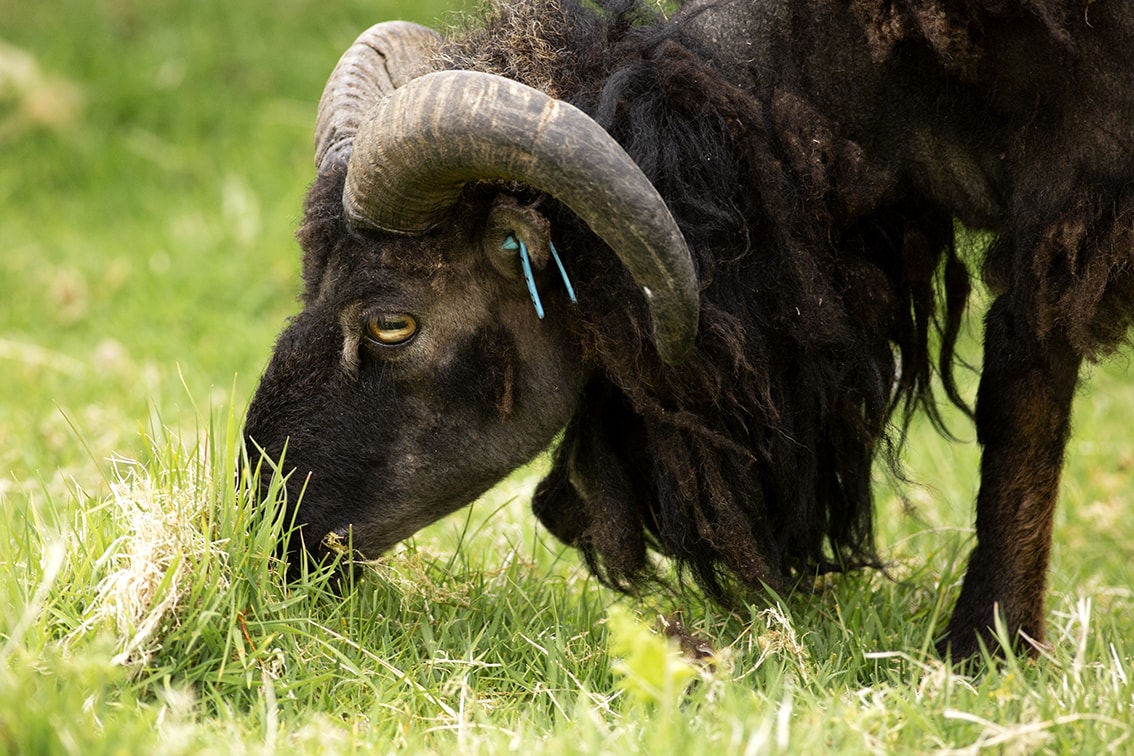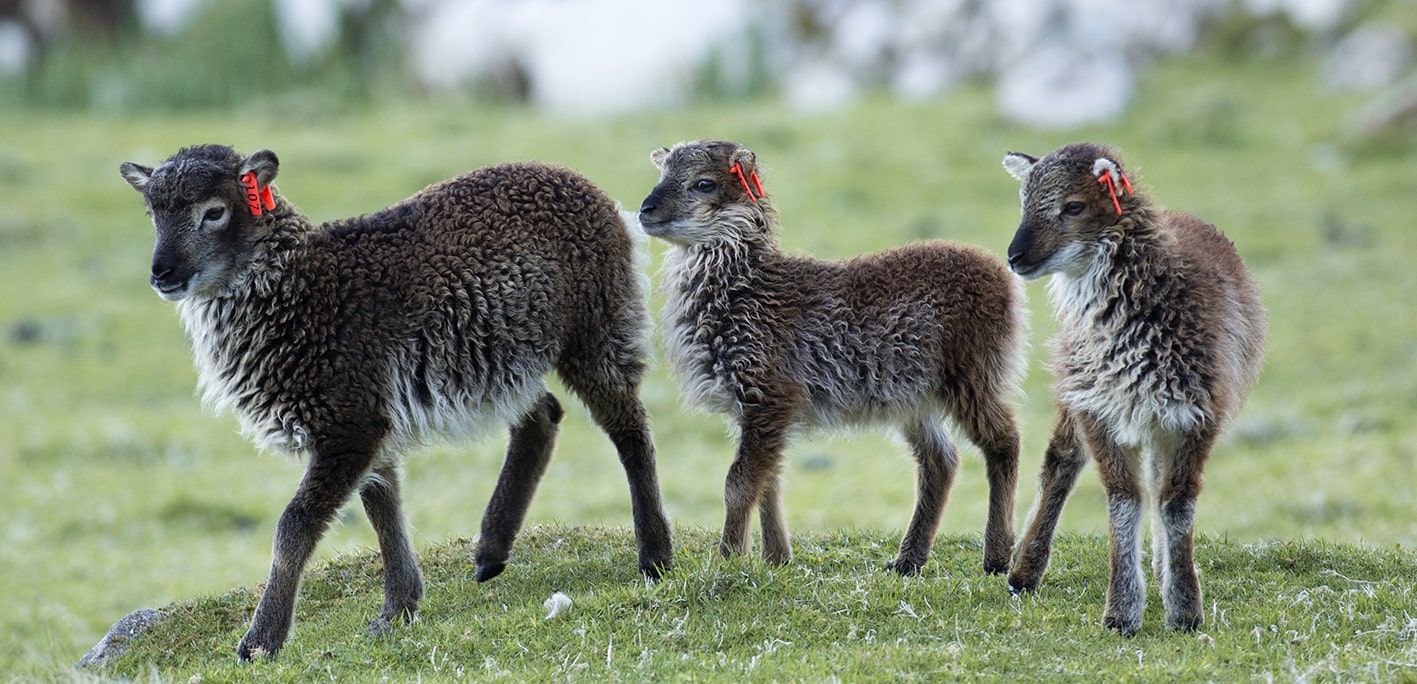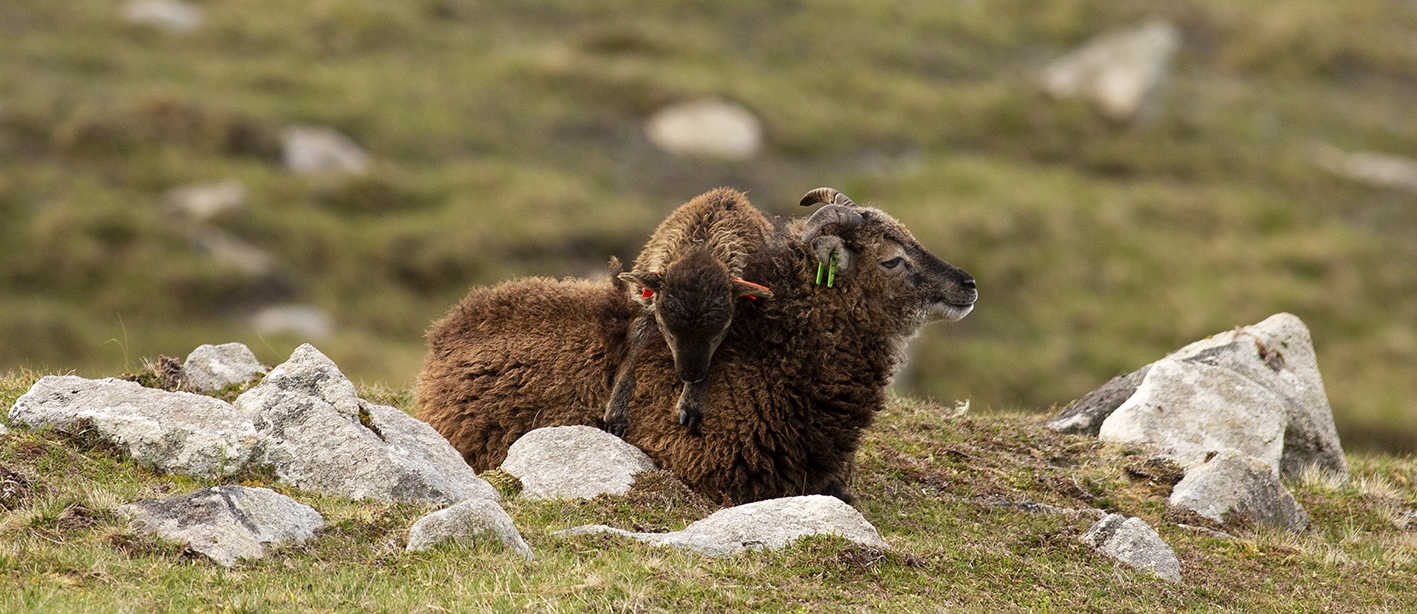
You Only Run While Lambs Gallop
Our May conservation work party was welcomed to Hirta by gangs of healthy young Soay lambs galloping around for no reason other than the joy of being alive. They ranged in age from just a few days to around four weeks old, and some were so tiny that you could put one in your pocket in the unlikely event that you could catch it. It was a wonderful sight to see, and equally wonderful to learn from the Soay Project researcher that the sheep have had an exceptionally good year since we saw them in the summer of 2018. They have had a high survival rate through the last winter followed by a very successful lambing in April.
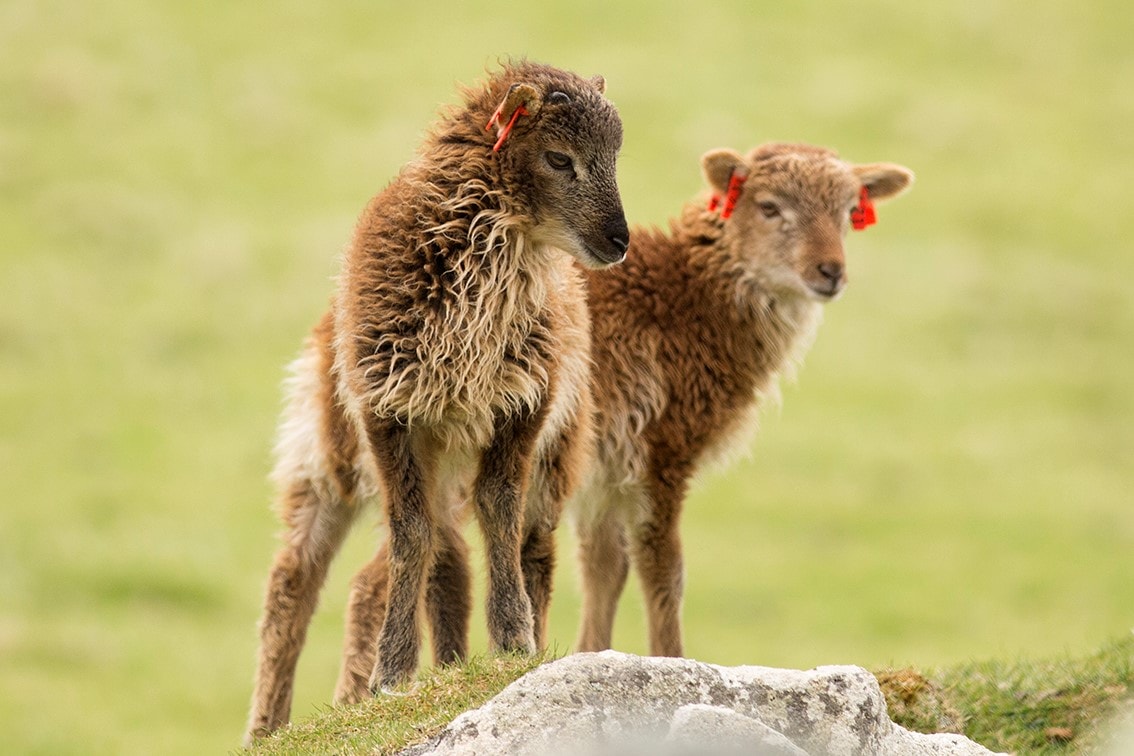
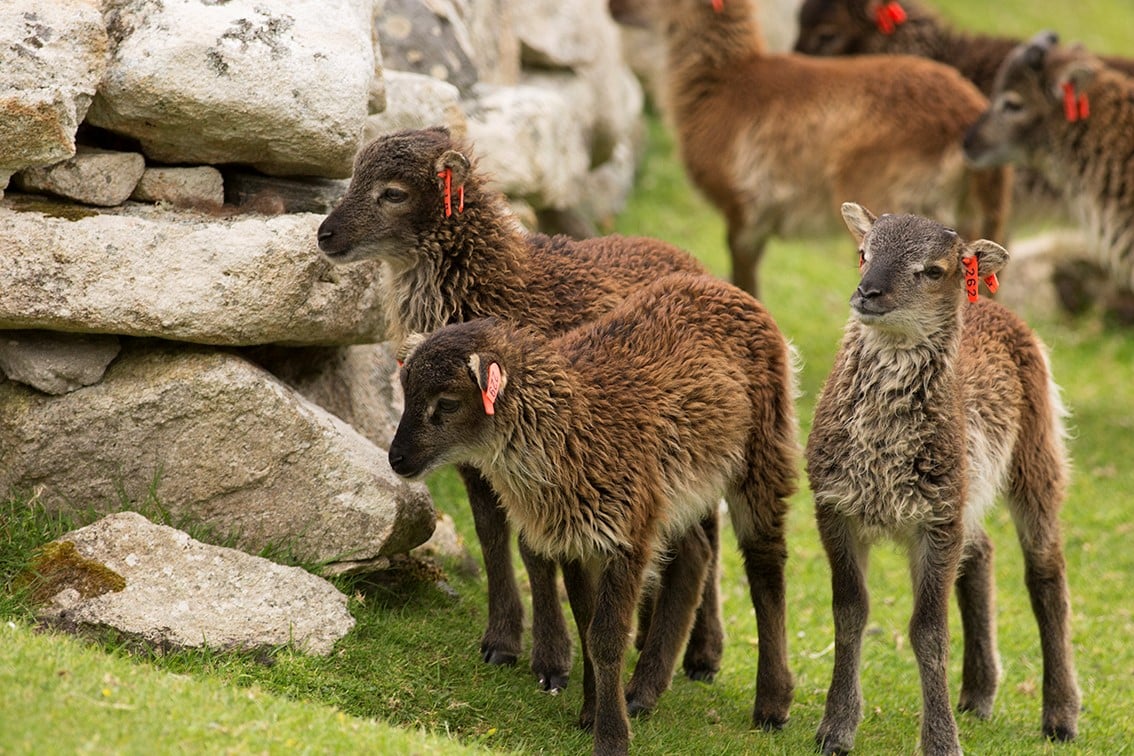
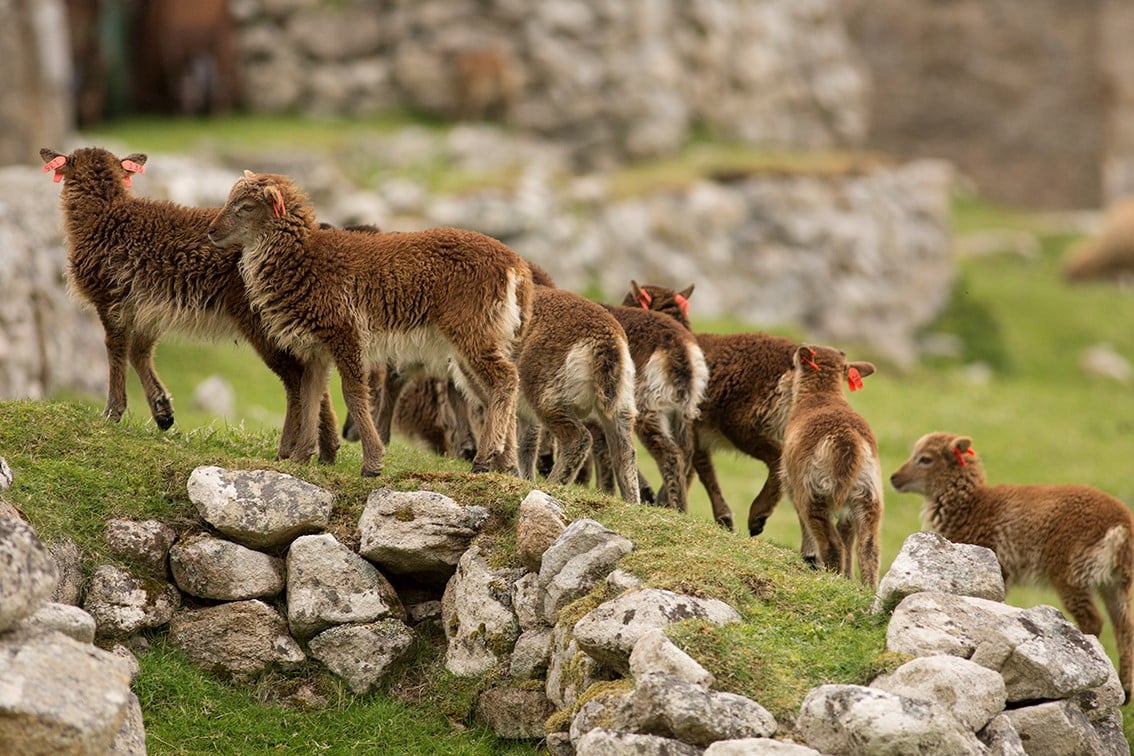
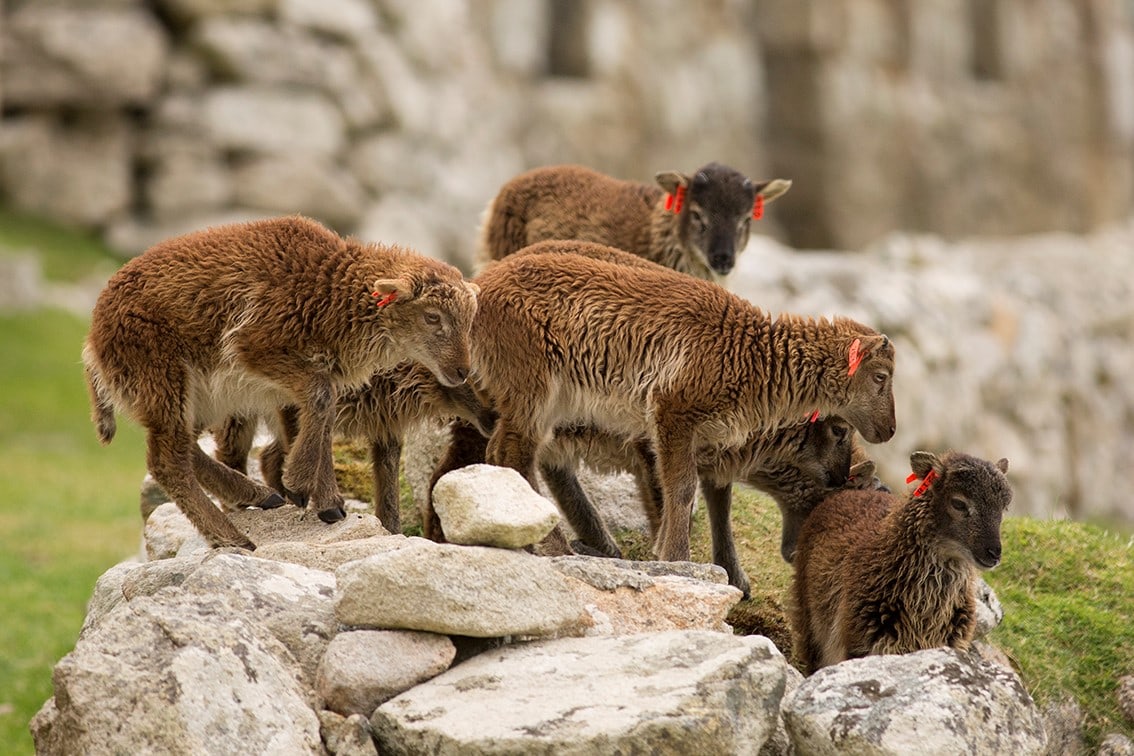
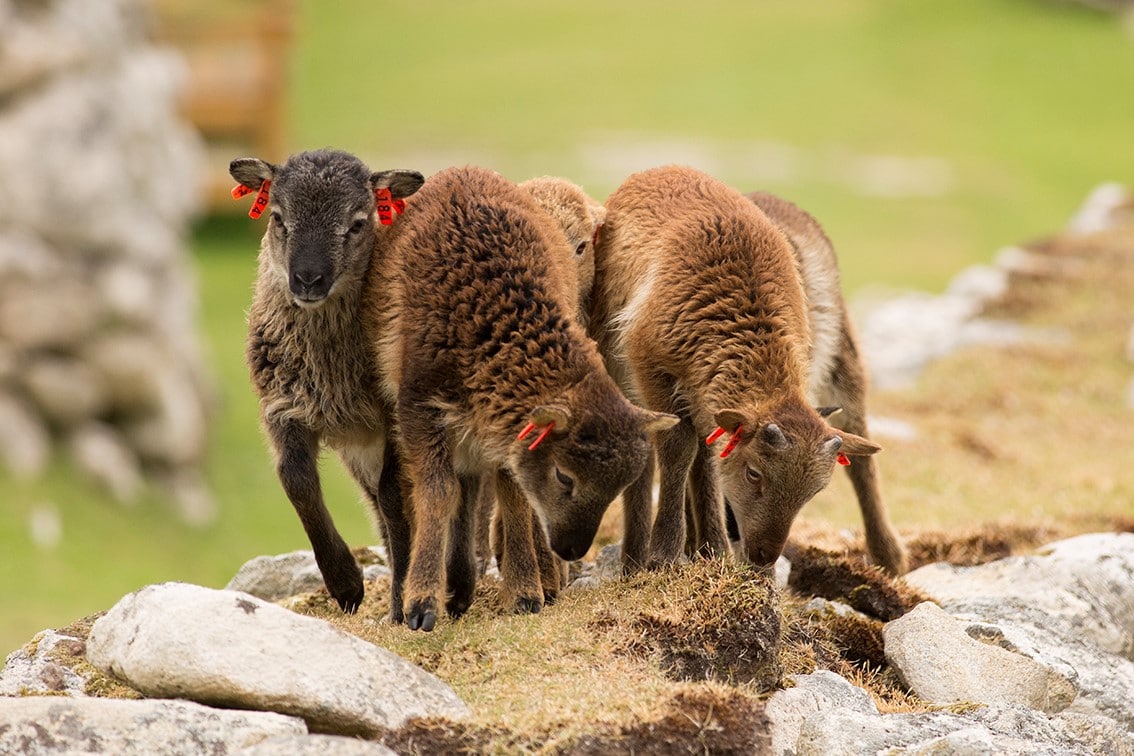
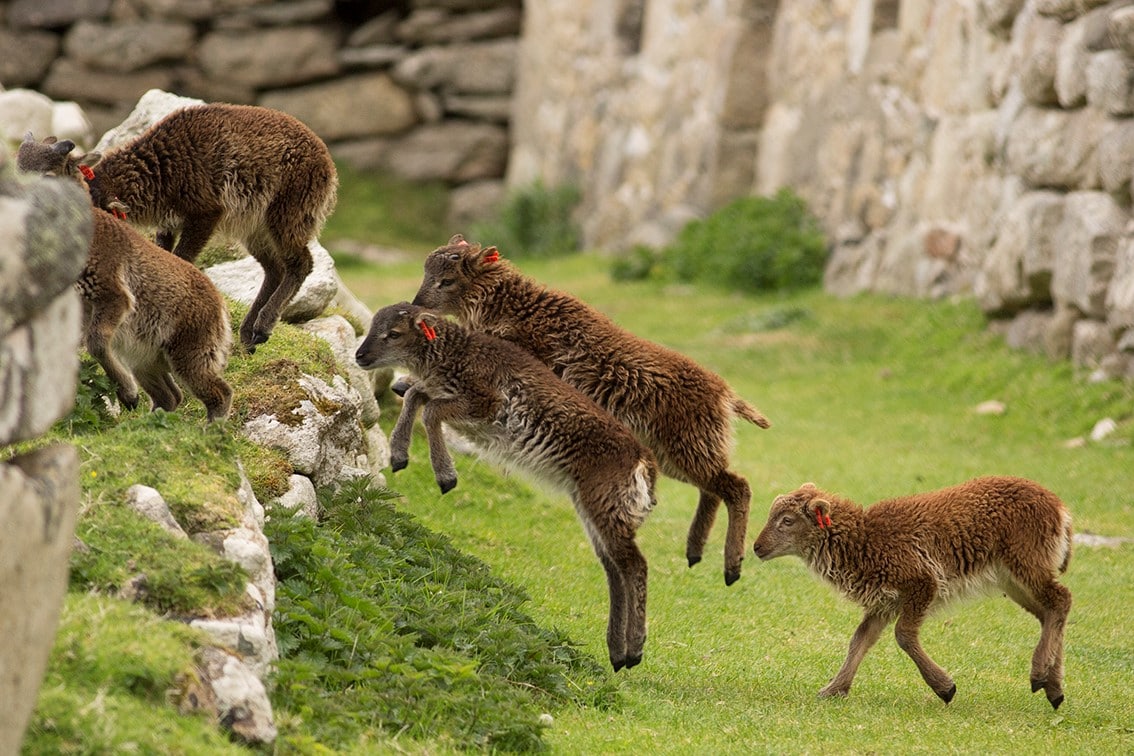
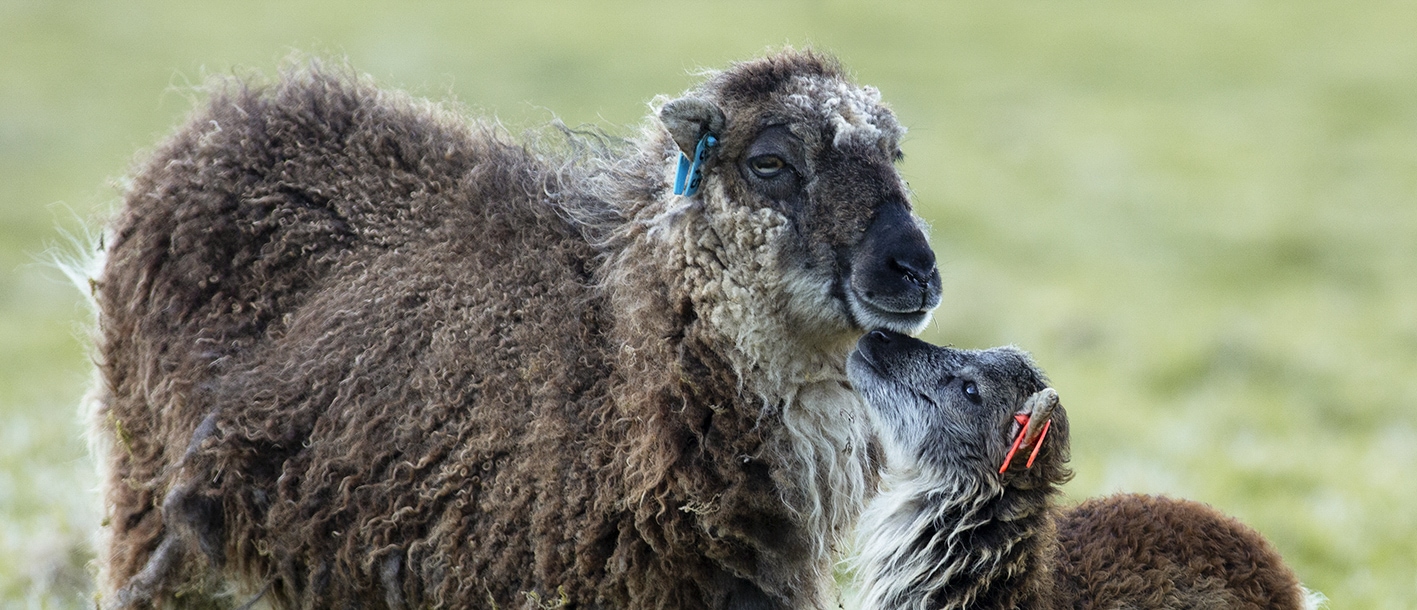
By the time we arrived the lambs were sporting their brand-new eartags by which they will be individually recognised for life. Tagging is a task that is done by the Soay Sheep Project experts with great care. Whilst it is necessary to tag as soon as possible, it is essential to allow the ewe and lamb to bond for at least one day before intervening in any way. This is especially the case with first time mums and less “motherly” ewes, as handling of the lamb can easily result in rejection. The success of the mission was obvious, with healthy lambs and contented mums all around.
This year the lambs all sport bright orange tags so that in following years you will be able to ascertain at a glance that they were born in 2019. The project tag colours are – yellow; orange; red; white; light blue and green and are sequenced in that order over a period of six years. Remembering the sequence is easy with the phrase –
You Only Run While Lambs Gallop
So this year’s lambs are the “Only’s”. Soays can live to a ripe old age and each colour has a prefix to indicate which bracket of six years it belongs to. This prefix is only legible on close examination. However, the tag colours fade over time, so from the degree of fading one can make an educated guess as to its bracket. With the mnemonic phrase galloping through my mind, it was fun to work out the ages of the animals as I came across them in the village and in their favoured haunts in the surrounding hillsides.
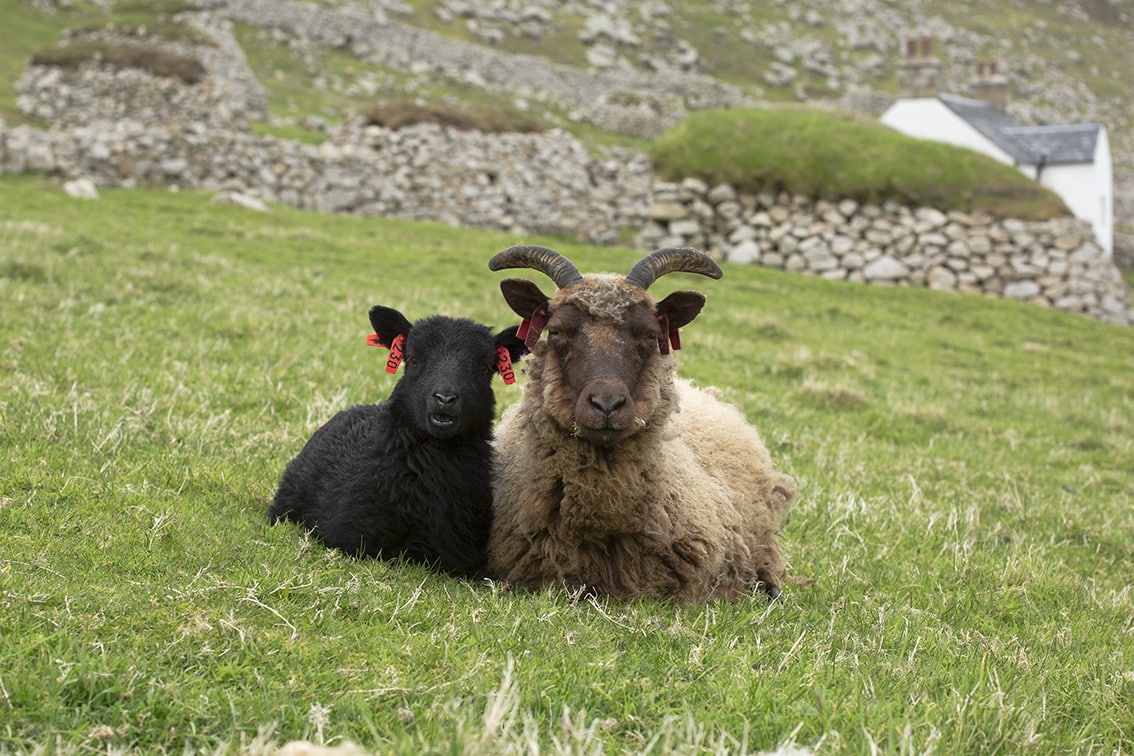
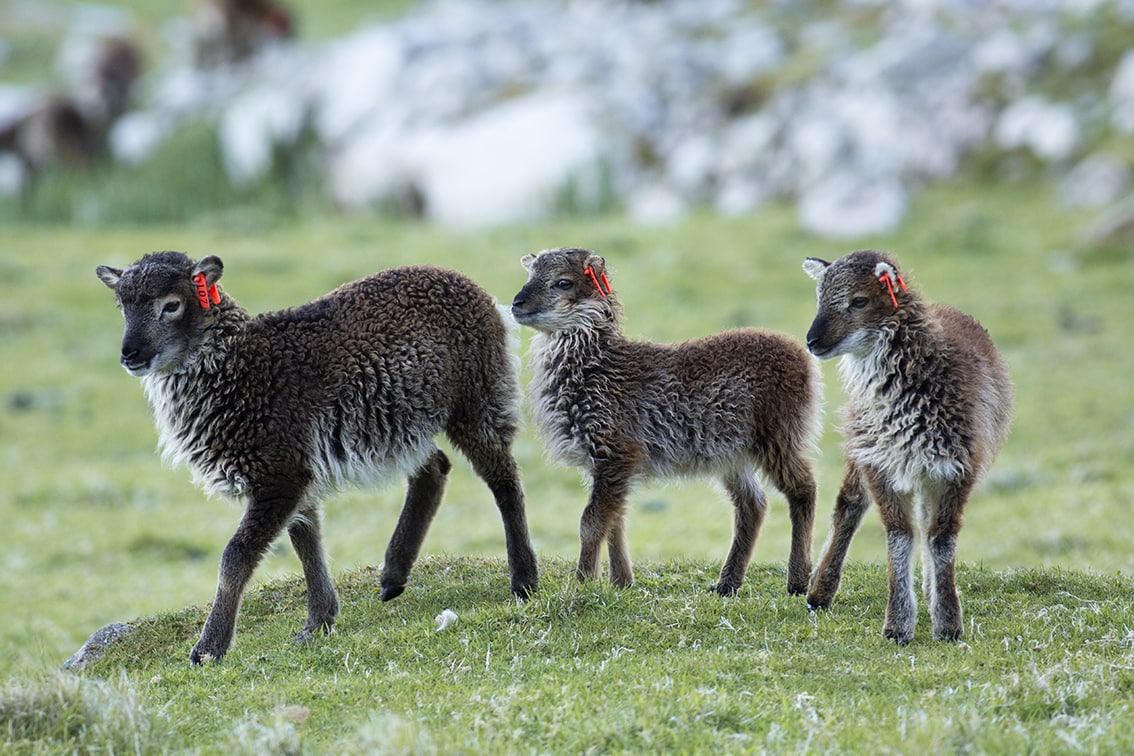
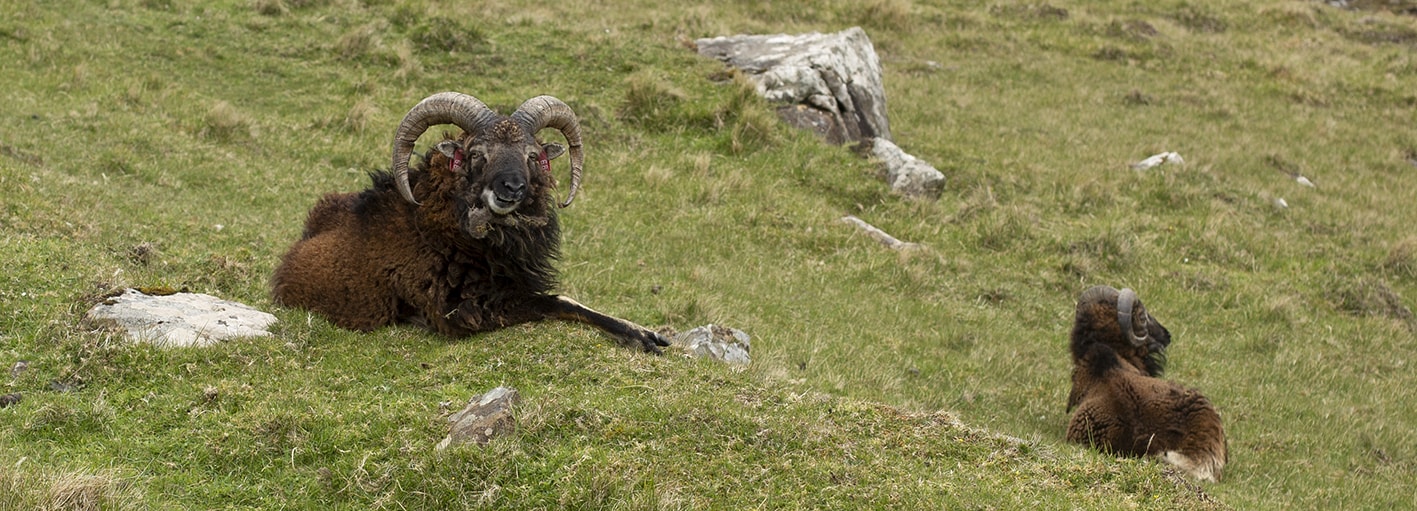
It was interesting to look out for last year’s lambs (the “You’s”) identified by their yellow tags and to see how much they had grown and changed in ten months. In this time they have matured significantly. Some very young animals do become successful parents. The photo (below left) shows a yearling with her lamb resting in the village in the misty rain. In the photo (below right) you can see how much this yearling ram’s horns have grown; he certainly looks like he will be a viable contender to sire some lambs in the years to come. A fine set of horns is a huge advantage for a fighting chance of success and the young fellow will have to compete with the likes of the 5 year-old ram who is very much in his prime (above).
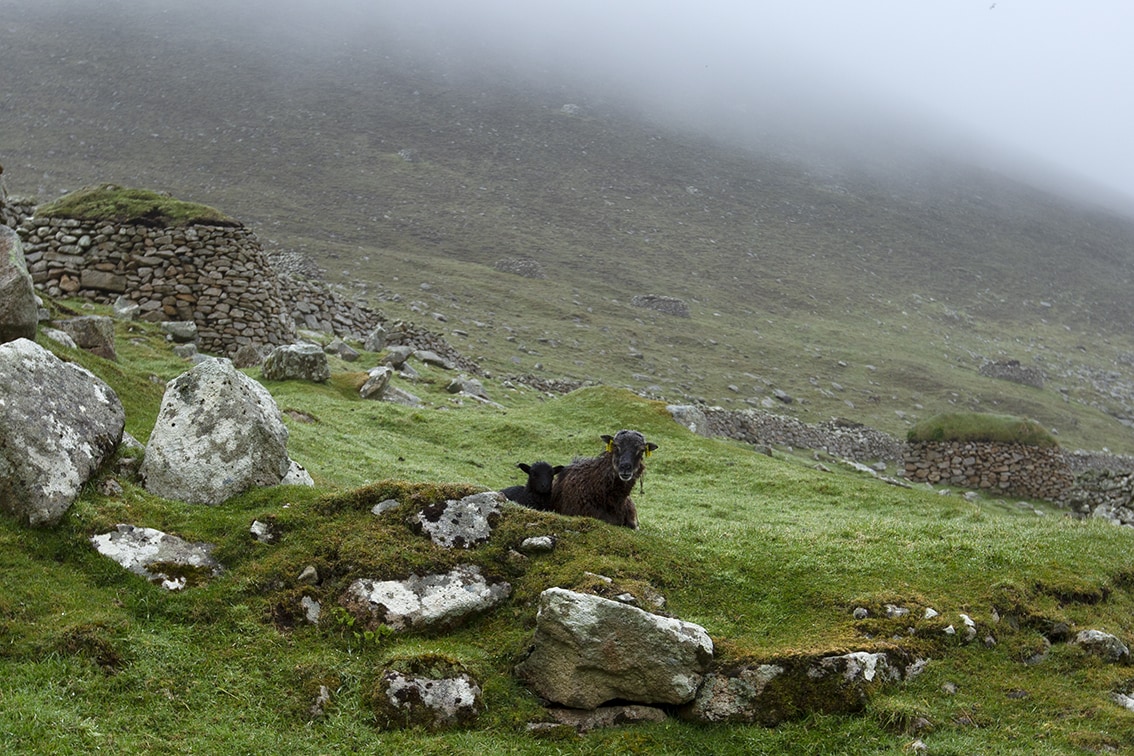
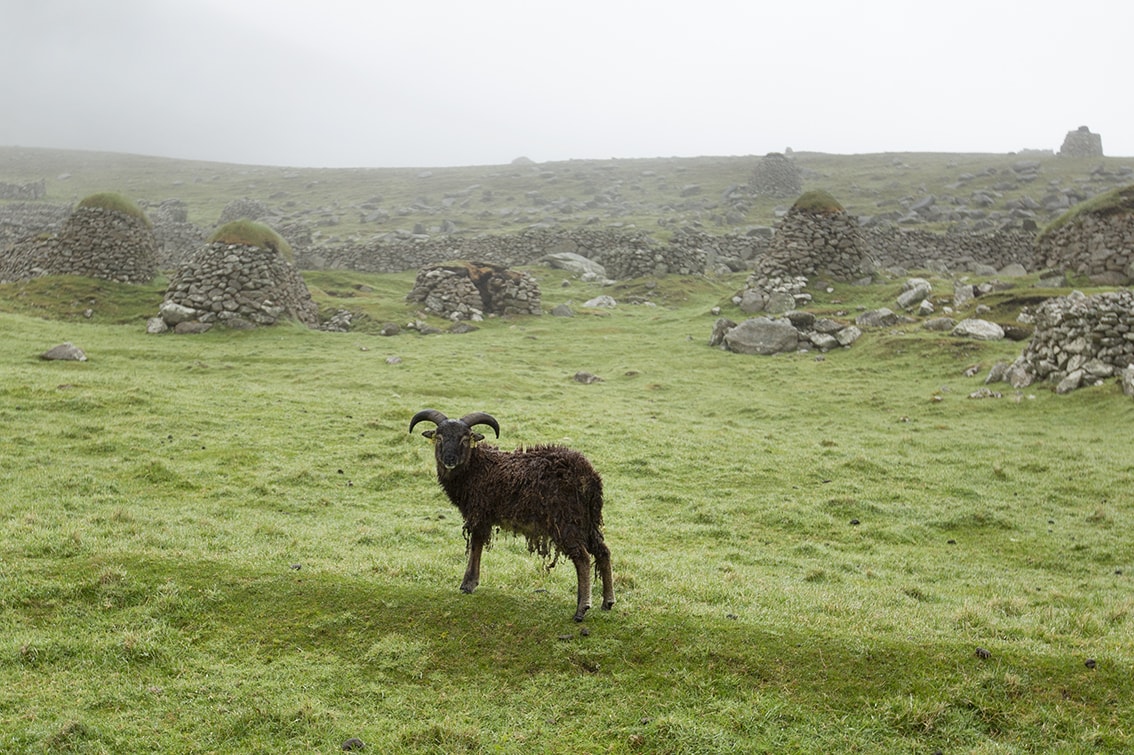
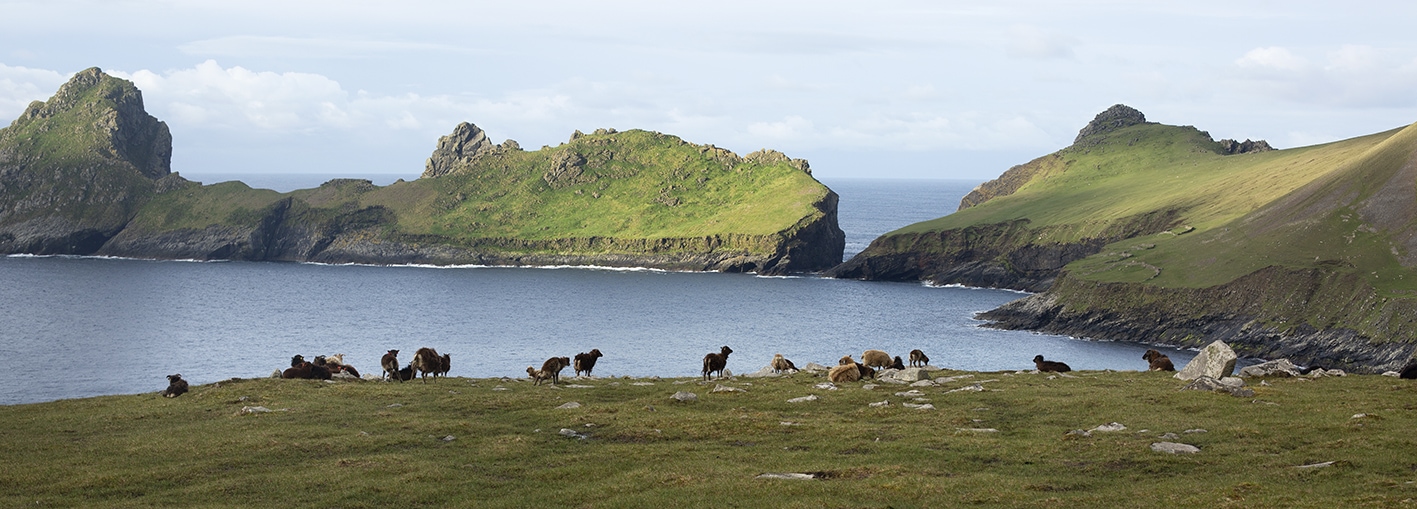
Around 6am the flock rises. Perhaps the sun lighting the rocky pinnacles of Dùn beckons them to make their way down for another day’s grazing and play in the village.
It does not take long to recognise individual animals and become aware of their movements. I first spotted this 6 year-old ewe (below left) on the western hillside and recognised her tag number a couple of days later as she grazed on the western edge of the village. Likewise, I saw this 3 year-old ram (below right) with the flock in The Gap and noted that he made his way to the village each day along with the ewes and lambs.
Tagging is key to all of the research undertaken by the scientists involved in the project but it also has the happy side effect of adding even more enjoyment for any visitor who is interested in the lives of these very special animals.
